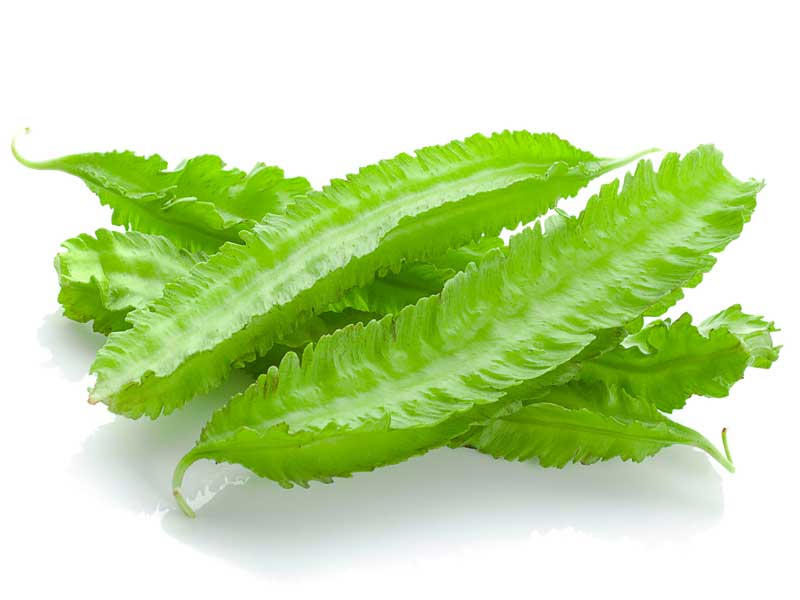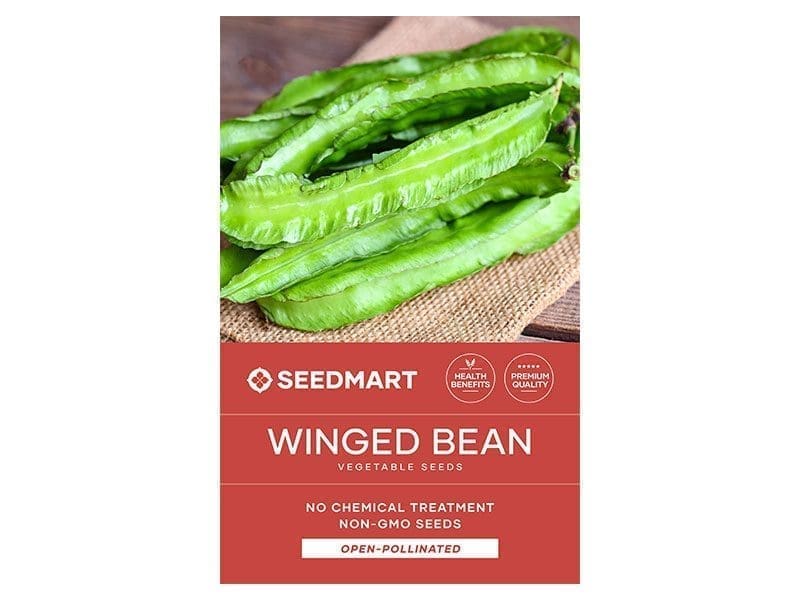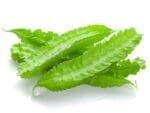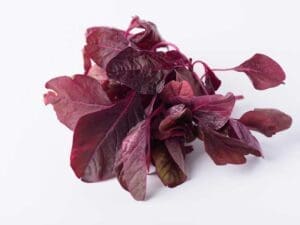WINGED BEAN Seeds
Botanical Name: Psophocarpus tetragonolobus
- Unique tropical legume with edible pods, leaves, flowers, and roots.
- Produces distinctive four-angled pods with a crunchy texture and nutty flavor.
- Rich in protein, vitamins A and C, calcium, iron, and other essential nutrients.
- Versatile vegetable; pods can be eaten raw, steamed, stir-fried, or in soups.
- Thrives in hot, humid climates—ideal for tropical and subtropical regions.
- Vigorous climbing plant that requires support, growing up to 3–4 meters tall.
- Flowers are also edible, and tuberous roots can be eaten like potatoes.
Plant Details
- Plant Type: Perennial vine (grown as annual in temperate regions)
- Plant Height: Up to 4 m with support
Sowing Information
- Germination: 10–14 days
- Germination Temperature: 20–30°C
- Depth: Sow 2–3 cm deep
- Position: Full sun
- Sow Where: Directly into garden beds or large containers
- Soil Type: Well-drained, fertile soil with pH 5.5–7.5; enrich with compost
- Spacing: 30 cm between plants, 1 m between rows
Growing Tips
- Water regularly, especially during flowering and pod formation.
- Mulch to retain moisture and suppress weeds.
- Provide trellis or netting for vertical growth and air circulation.
Harvest
70–80 days after sowing for young pods. Harvest frequently to encourage new growth.
When to Sow Winged Beans in Your Climate
| Climate Zone | Best Planting Time | Tips |
|---|---|---|
| Temperate | November – January (frost-free) | Start indoors or plant in warmest part of the season. |
| Subtropical | September – March | Ideal for spring planting—ensure support is in place early. |
| Tropical | Year-round | Best in dry season to avoid excessive rain stress. |
| Cool | Not recommended | Grow only in a protected greenhouse environment. |
| Arid | September – April | Sow after rains or irrigate to establish seedlings. |





